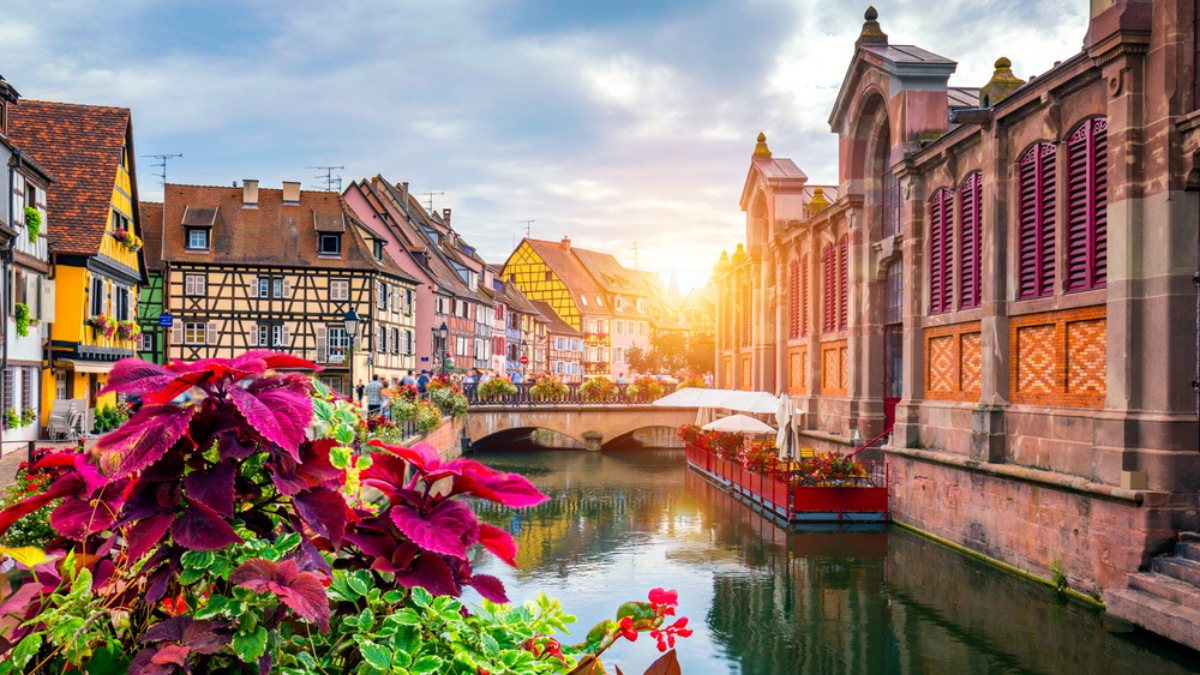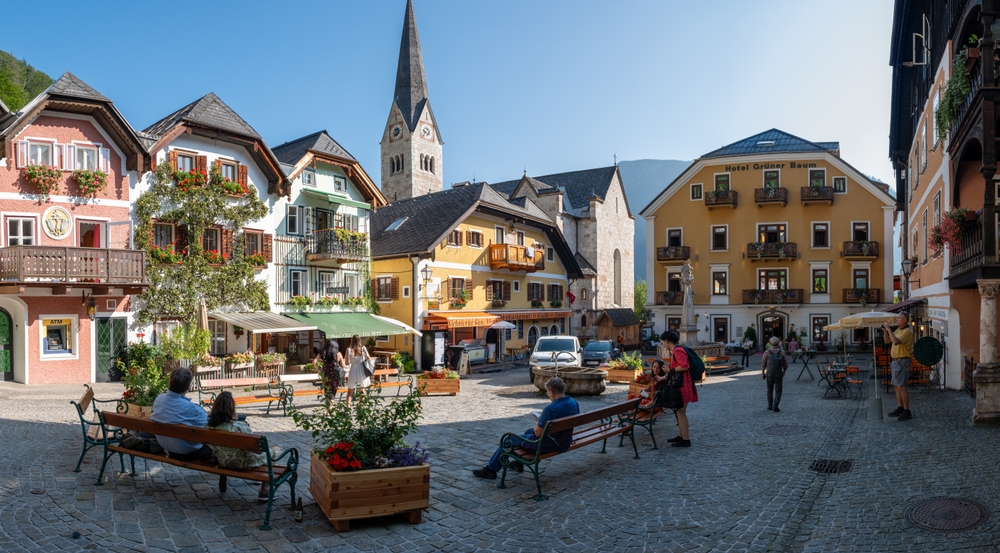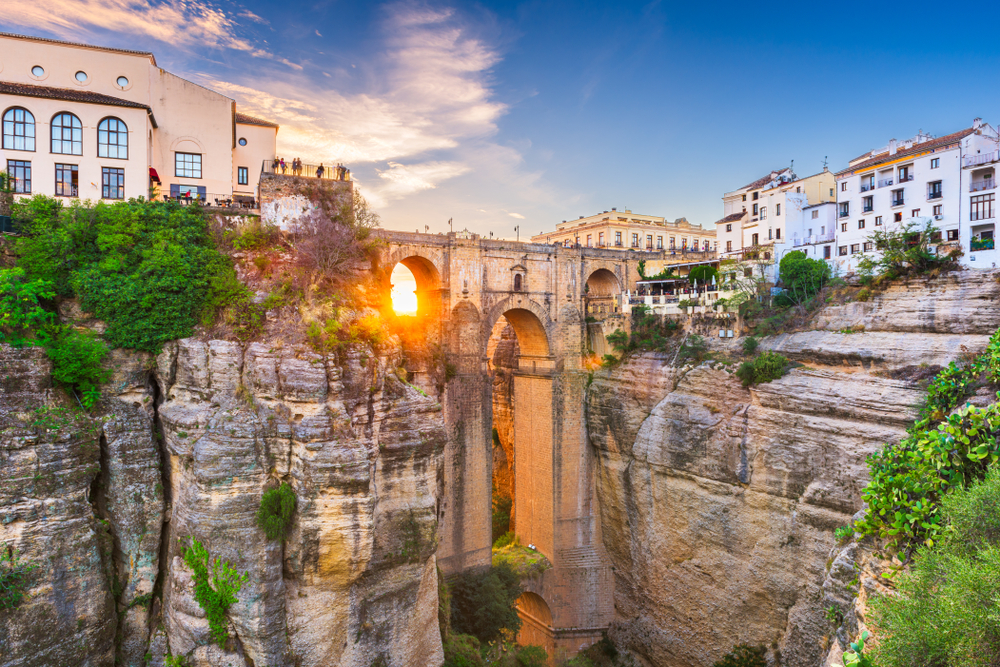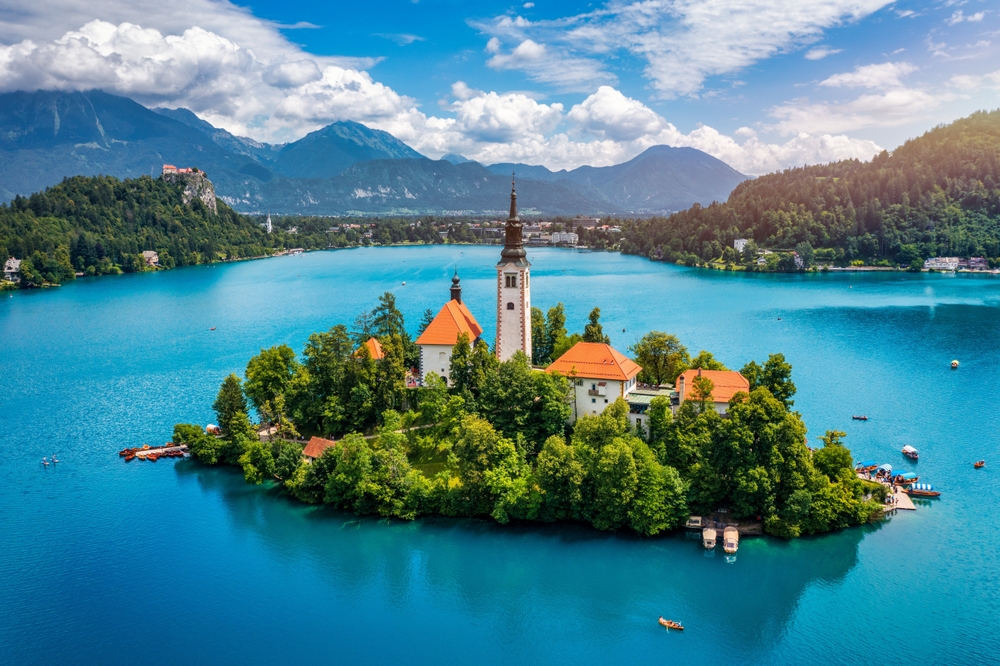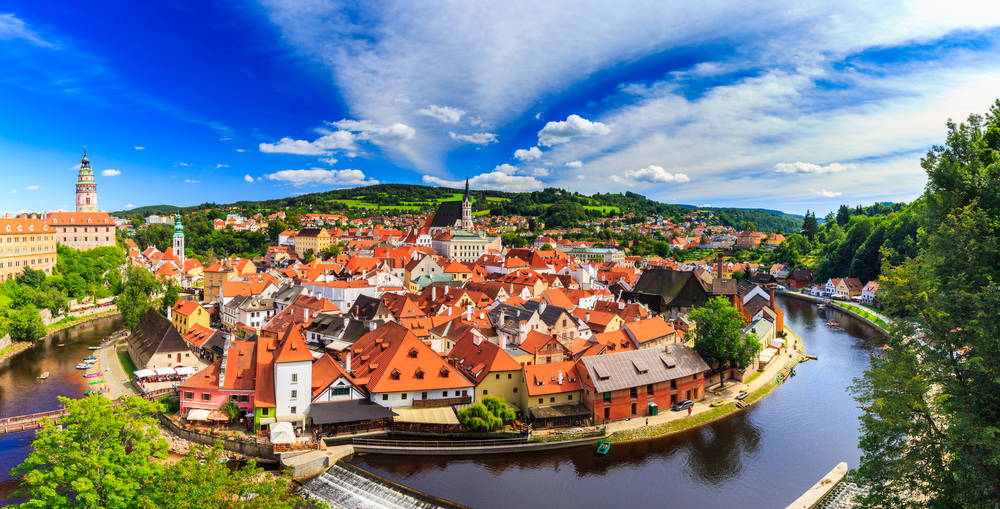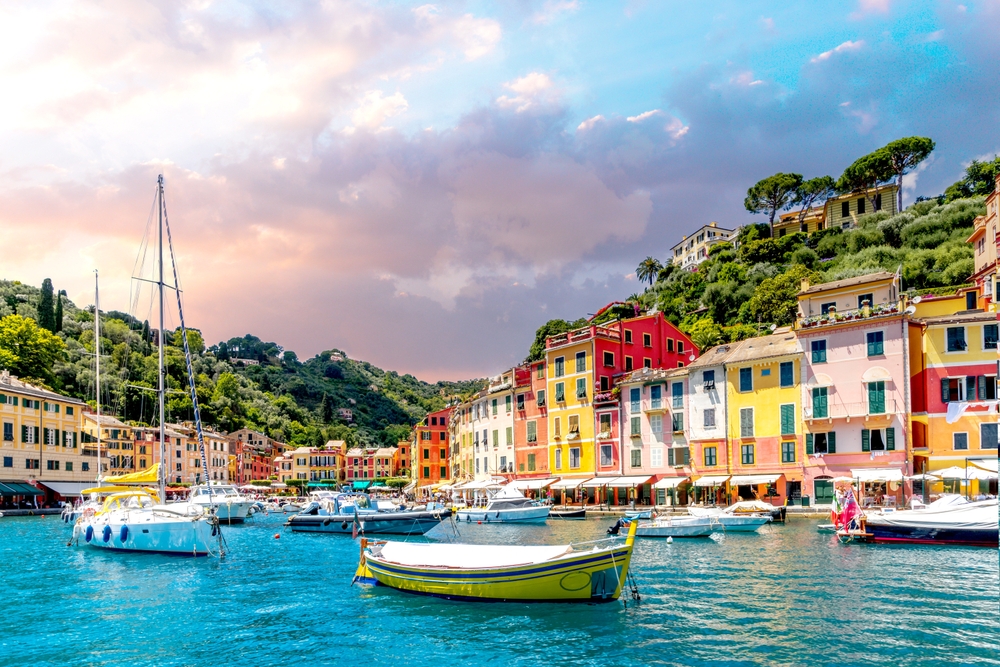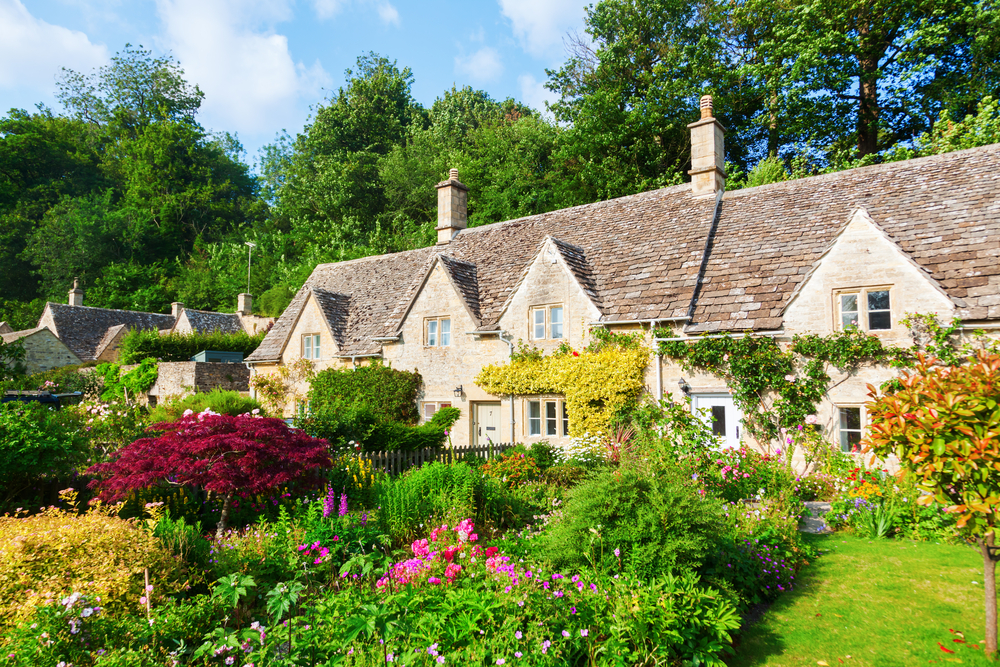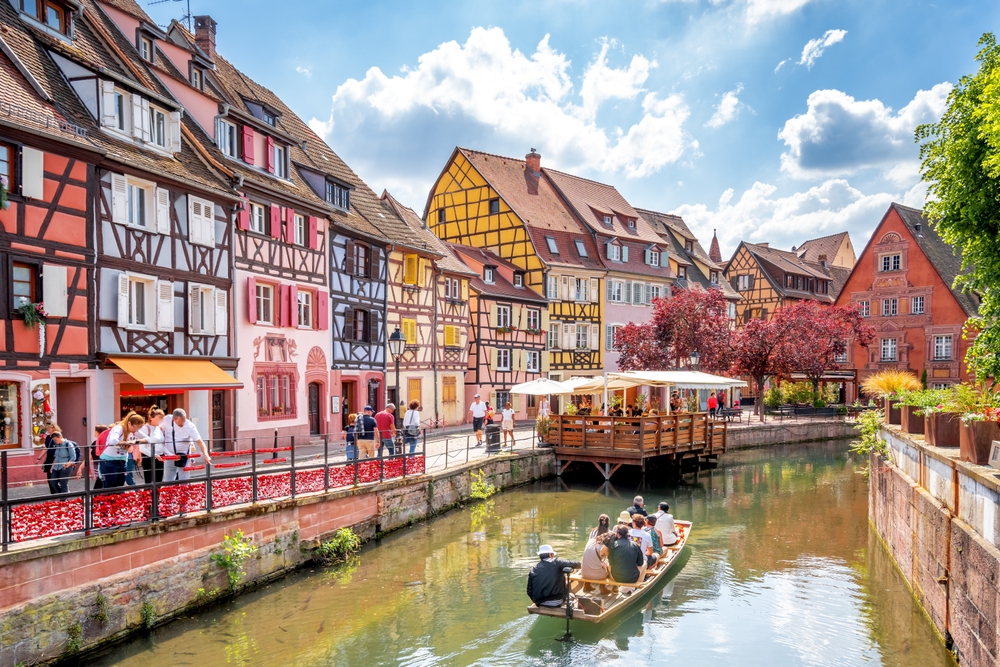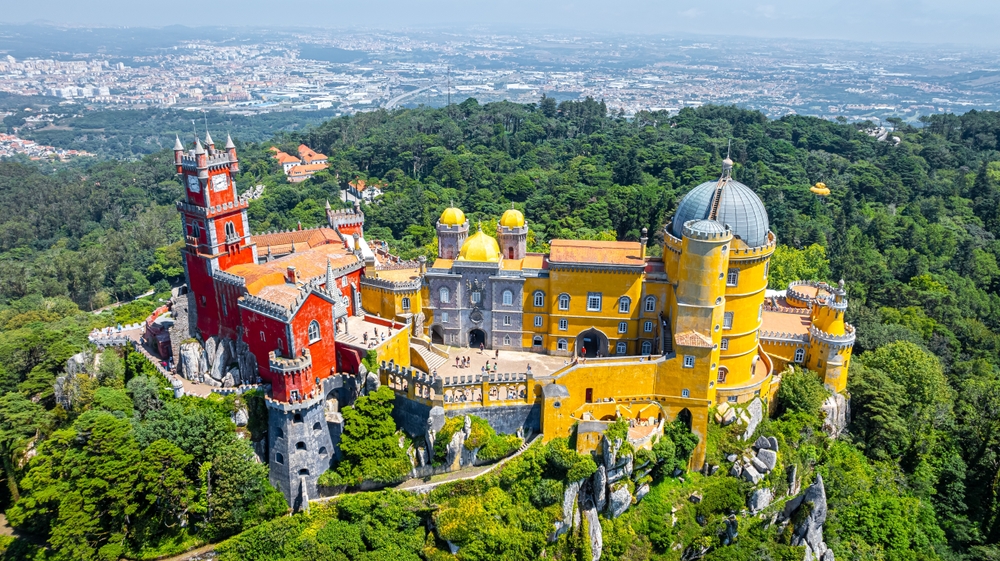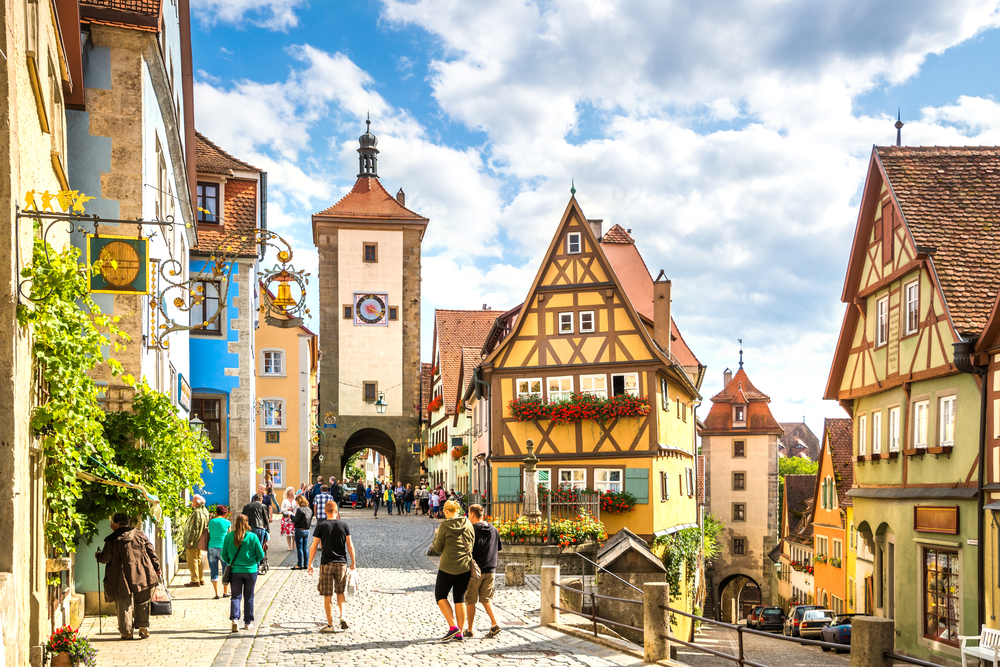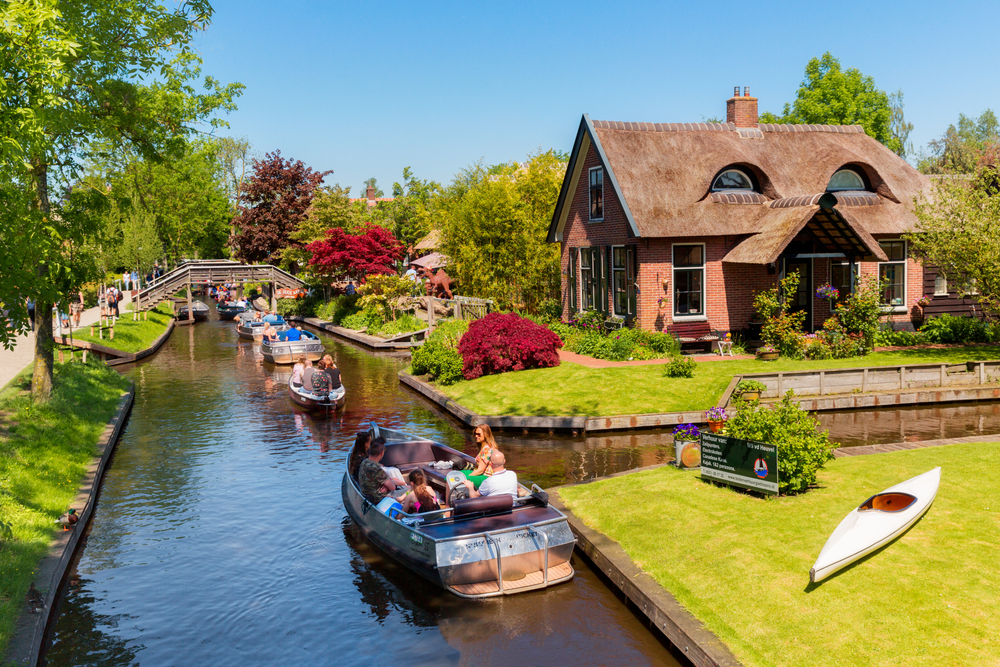Europe’s charm isn’t just in its bustling capitals – it’s hidden in the cobblestone streets of its small towns. These picturesque gems offer a glimpse into authentic European life, where centuries-old traditions blend with breathtaking landscapes. From coastal fishing villages to alpine hideaways, these small towns capture the heart and imagination of travelers seeking the real Europe beyond tourist hotspots.
1. Hallstatt, Austria
Nestled between towering Alps and the glassy waters of Lake Hallstatt, this fairy-tale village seems frozen in time. Salt mining brought wealth here centuries ago, creating the stunning 16th-century architecture that lines its waterfront.
Colorful wooden houses reflect in the crystal-clear lake, creating postcard-perfect views from every angle. The village’s tiny size means you can explore it entirely on foot.
Visit the ancient salt mines or take the funicular up to the Skywalk for panoramic views that will leave you speechless. Winter transforms Hallstatt into a snow-covered wonderland, while summer brings vibrant flowers cascading from window boxes.
2. Ronda, Spain
Dramatically perched atop a deep gorge, Ronda captivates visitors with its impossible location. The Puente Nuevo bridge spans the 328-foot chasm, connecting the old and new towns with architectural audacity that defies belief.
Spain’s oldest bullring stands proudly here, a testament to the town’s deep connection to traditional Spanish culture. White-washed buildings cluster along clifftops, offering vertigo-inducing views of the El Tajo canyon below.
Ernest Hemingway fell in love with this place, finding inspiration for his works in its dramatic landscape. Wander through narrow streets lined with orange trees and discover hidden plazas where time seems to stand still.
3. Bled, Slovenia
A medieval castle clings to a cliff overlooking an emerald lake with a church-topped island at its center. This isn’t fantasy—it’s Bled, Slovenia’s alpine jewel that seems plucked from a storybook.
Traditional wooden boats called ‘pletnas’ ferry visitors to the island where legend says ringing the church bell grants wishes. The surrounding Julian Alps create a dramatic backdrop that changes with each season—snow-capped in winter, lush green in summer.
Local cream cake, ‘kremšnita,’ offers a sweet reward after climbing the 99 steps to the island church. Swimming in the crystal-clear waters during summer gives you a unique perspective of this magical place where natural beauty and human history blend perfectly.
4. Cesky Krumlov, Czech Republic
Medieval magic flows through every cobblestone street of this Bohemian wonderland. The Vltava River embraces Cesky Krumlov in a tight horseshoe bend, creating a natural moat around the historic center that’s barely changed since the 14th century.
A massive Renaissance castle—second in size only to Prague Castle—towers over red-roofed buildings. The castle’s baroque theater still uses original stage machinery from the 1700s for special performances.
Artists have flocked here for centuries, drawn by the town’s dreamlike quality and perfect proportions. Climb the castle tower for a view that explains why this UNESCO gem is often called ‘the pearl of Bohemia’—a perfectly preserved medieval town nestled in a green valley.
5. Portofino, Italy
Candy-colored fishing houses hug a perfect half-moon harbor where luxury yachts now replace fishing boats. Portofino’s transformation from humble fishing village to playground of the rich hasn’t diminished its authentic charm.
Narrow lanes wind up from the harbor, leading to unexpected viewpoints of the turquoise Ligurian Sea. The scent of fresh seafood and lemon trees fills the air as you explore this compact village that’s barely changed in appearance for centuries.
Hike up to Castello Brown for sweeping views of the Mediterranean coastline. Despite its celebrity status, Portofino remains delightfully small—you can walk across the entire village in just 10 minutes, though you’ll want to linger much longer.
6. Bibury, England
William Morris called it “the most beautiful village in England,” and Arlington Row—a line of 14th-century weavers’ cottages—proves his point. Built from honey-colored Cotswold stone, these buildings glow golden in the evening light, creating a scene so quintessentially English it appears on UK passports.
The River Coln flows gently through town, attracting trout and the visitors who come to admire them at the historic Bibury Trout Farm. Ancient stone bridges arch over the crystal-clear water, completing picture-perfect vistas in every direction.
Morning mist often blankets the meadows surrounding this tiny hamlet, adding to its dreamlike quality. Despite being one of England’s most photographed places, Bibury maintains a peaceful atmosphere that transports visitors to a simpler time.
7. Colmar, France
Half-timbered houses painted in pastel colors line canals in the area known as “Little Venice.” Colmar seems preserved in amber, looking much as it did 500 years ago when its distinctive architecture first took shape.
Geraniums cascade from window boxes, their vibrant reds contrasting with the fairy-tale buildings. Located in Alsace, Colmar reflects both French and German influences in its architecture, cuisine, and the excellent wines produced in the surrounding vineyards.
The town miraculously survived both World Wars largely intact, preserving medieval and Renaissance treasures that were lost elsewhere. Wander the car-free old town at dusk when golden lights reflect in the canals, creating a magical atmosphere that feels like stepping into a living storybook illustration.
8. Sintra, Portugal
Lord Byron called it a “glorious Eden,” and this mountain retreat just outside Lisbon lives up to the poetic praise. Misty forests hide palaces that seem conjured from dreams—including the candy-colored Pena Palace with its whimsical blend of architectural styles.
Portuguese royalty escaped summer heat here for centuries, building elaborate mansions amid lush gardens. The microclimate creates an almost mystical atmosphere, with fog often swirling around the castle turrets and ancient trees.
The historic center, a UNESCO World Heritage site, features narrow streets winding past shops selling traditional Portuguese tiles and pastries. Sintra’s otherworldly quality has drawn romantics, mystics and artists for generations, all seeking inspiration in its perfect blend of natural beauty and fantastical human creation.
9. Rothenburg ob der Tauber, Germany
Medieval walls encircle this Bavarian time capsule, where half-timbered houses create a storybook setting that inspired Disney animators. Founded in 1170, Rothenburg remains Germany’s best-preserved medieval town, miraculously surviving wars that destroyed similar places.
The Night Watchman’s Tour brings history alive as lantern-lit streets reveal their secrets. Christmas markets transform the town into a winter wonderland, though the famous Christmas museum celebrates the holiday year-round.
Climb the Town Hall tower for panoramic views of red-tiled roofs and the winding Tauber River valley below. The town’s famous snowball pastries—fried dough covered in powdered sugar—provide delicious fuel for exploring cobblestone streets that have remained virtually unchanged for over 500 years.
10. Giethoorn, Netherlands
Known as the “Venice of the North,” this Dutch village has no roads—only canals and bicycle paths connecting its thatched-roof farmhouses. Residents travel by whisper-quiet electric boats or traditional punters through waterways that have served as the main transportation network for over 800 years.
Wooden bridges arch over canals where ducks and swans glide past gardens bursting with tulips in spring. The village began as a peat mining community, with workers digging out small lakes that eventually connected into today’s canal system.
Silence is Giethoorn’s most striking feature—with no cars, the only sounds are birdsong, gentle water lapping, and occasional conversation. Winter transforms this watery wonderland when canals freeze solid, allowing residents to ice skate from house to house through a landscape that seems lifted from a Dutch Golden Age painting.
